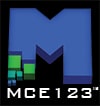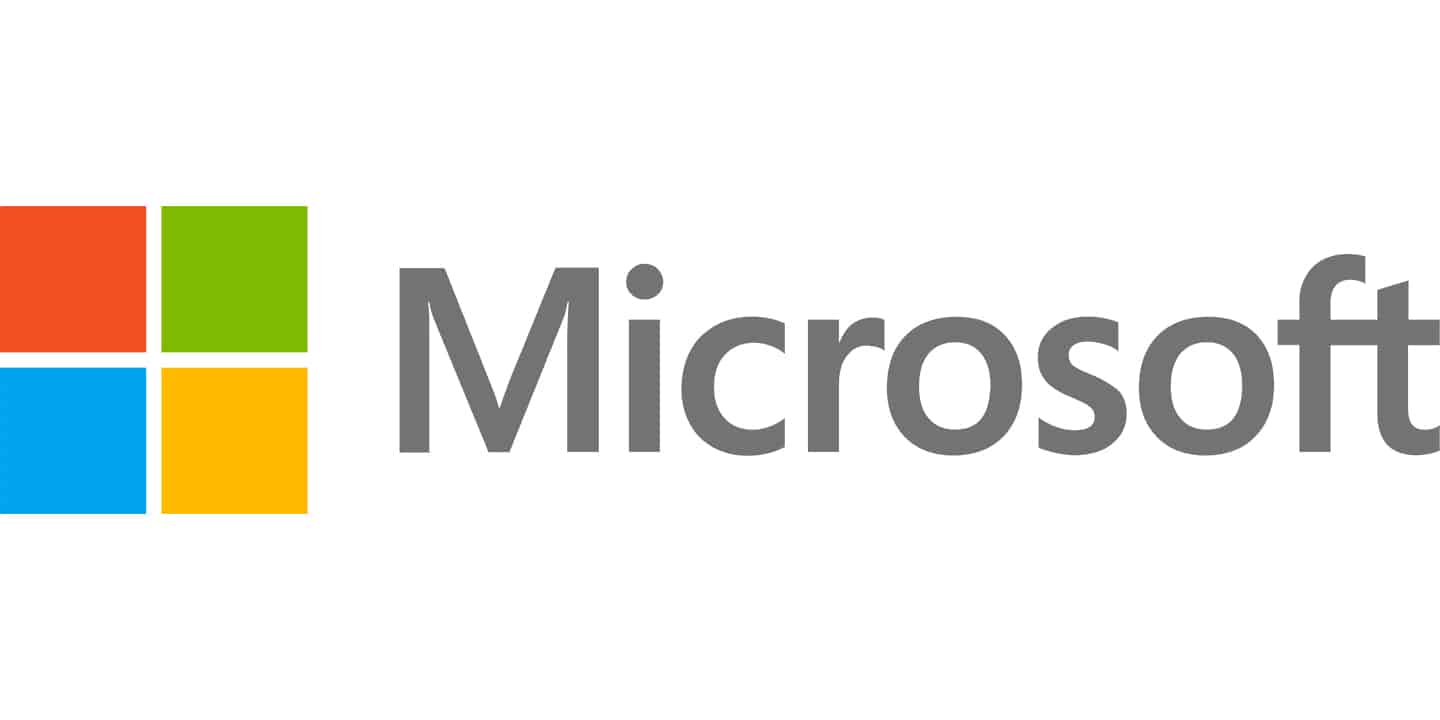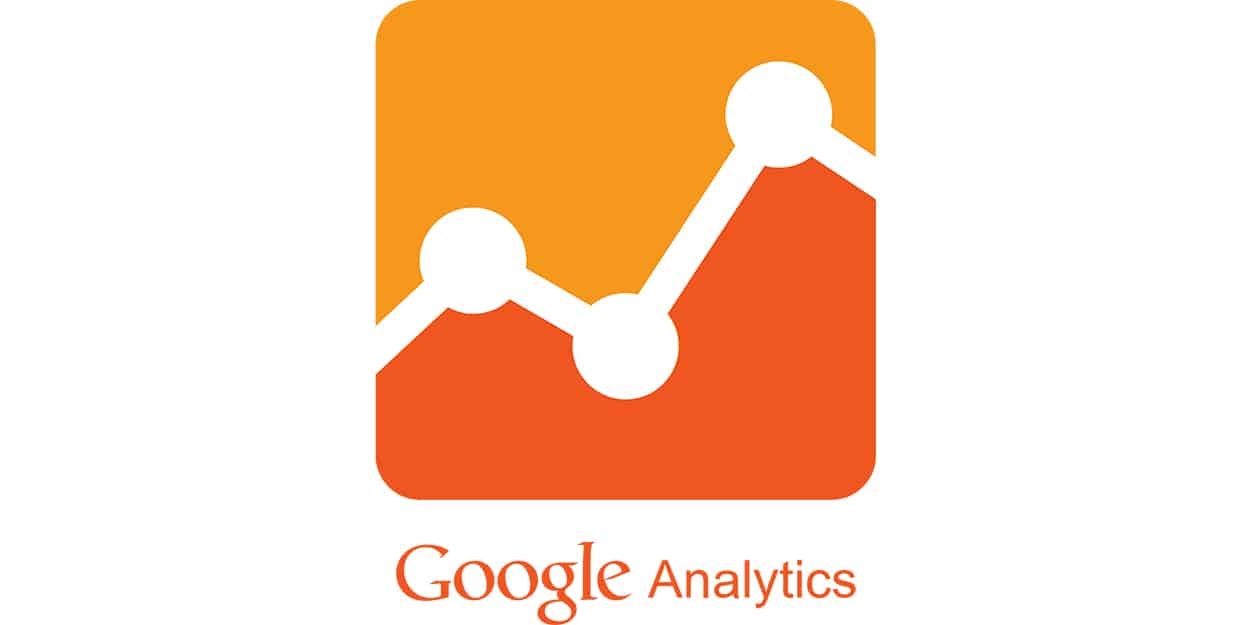There is a need that has been detected to have a constant level of communication between pharmacists and healthcare providers, not necessarily to change how they are performing, but to provide each other with information that is relevant to their various sides of the healthcare transactions.
It is possible that healthcare providers can make mistakes, and sometimes those mistakes can be helpful, however, no healthcare provider should be in the dark regarding what types of medications a patient is taking – for an instance, different types of providers, such as specialists and PCPs that prescribe different medications.
It is possible that the patient could forget what they are taking, or could be on an inconsistent schedule of medications. For this reason, there is also a need for constant communication between patients and healthcare providers – in addition to between patients and pharmacists.
Perhaps a pharmacist can make a recommendation to a doctor for a patient, that they see is experiencing a healthcare problem, that perhaps the healthcare provider is not aware of. Or perhaps the patient remembers something after their appointment with a physician, and wants to communicate this to the doctor’s office.
The problem that we see in the current healthcare system, is that the time of responding to communications is just part of doing business, but it’s not really paid for in any way by the patient or the insurance company. Surely businesses don’t get paid for the time they spend on creating quotes for specialized services, but there’s no financial goal of doctors to respond to patients electronically, and that’s part of the problem. They should get paid for their responses, as part of the insurance’s efforts to create better healthcare.
There’s more that can be learned about a patient than what the patient presents. Perhaps linking the doctor to a health monitor, such as a bracelet that the patient is wearing, could alert to problems such as blood pressure or pulse, and could monitor for preventative means of healthcare such as how much the patient is walking and running.
There definitely needs to be a change in the way that the healthcare system communicates with and about patients, because currently, there is still room for errors – at least to our detection abilities. It’s not that we want to blow the whistle – it’s that we want to see better healthcare for all patients.
One example would be communication between dentists and healthcare clinics to diagnose depression or ADHD or other conditions that may not be evident to the doctor, but may be evident to the dentist. Problems can be avoided with the right care, not because the patient is trying to harm themselves, but because they were not aware of something that pertained to their health – and communication can solve these problems.

















